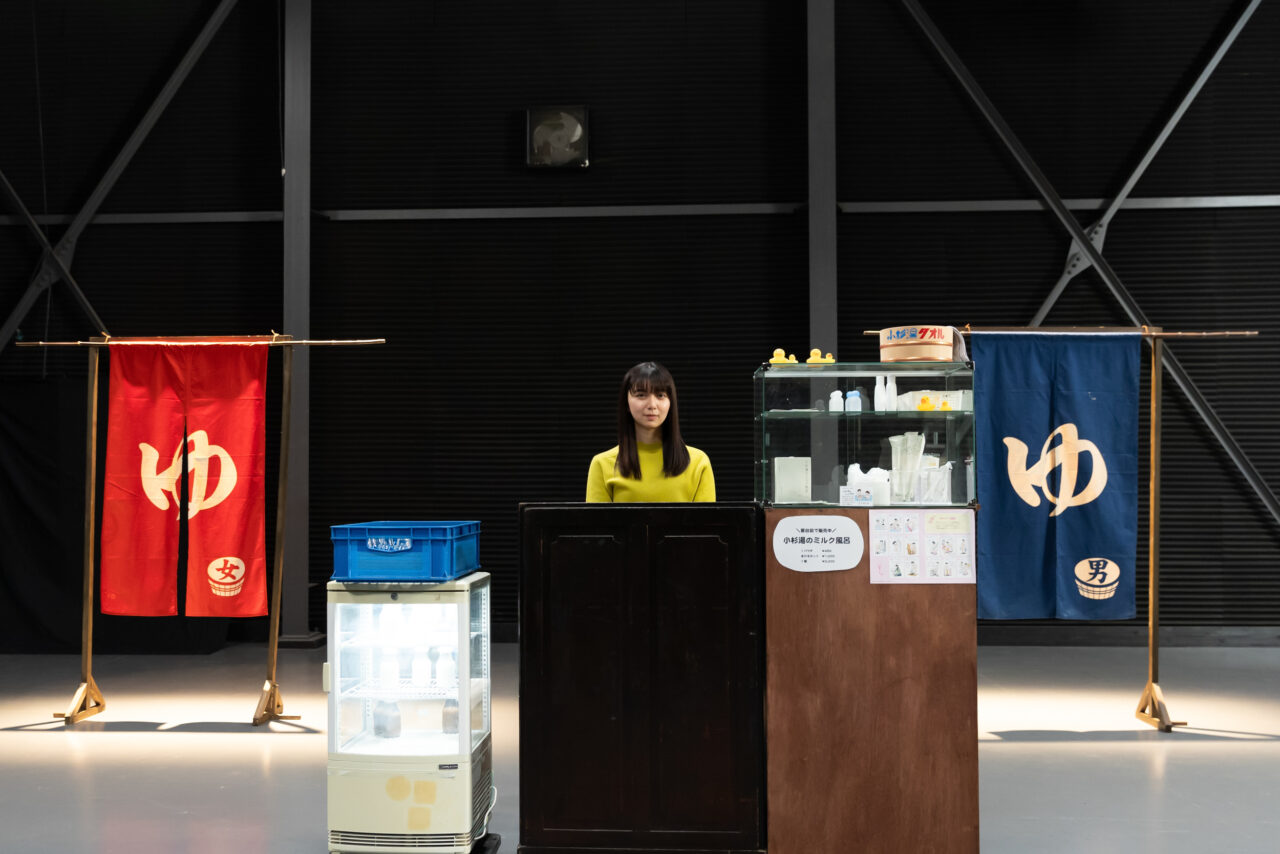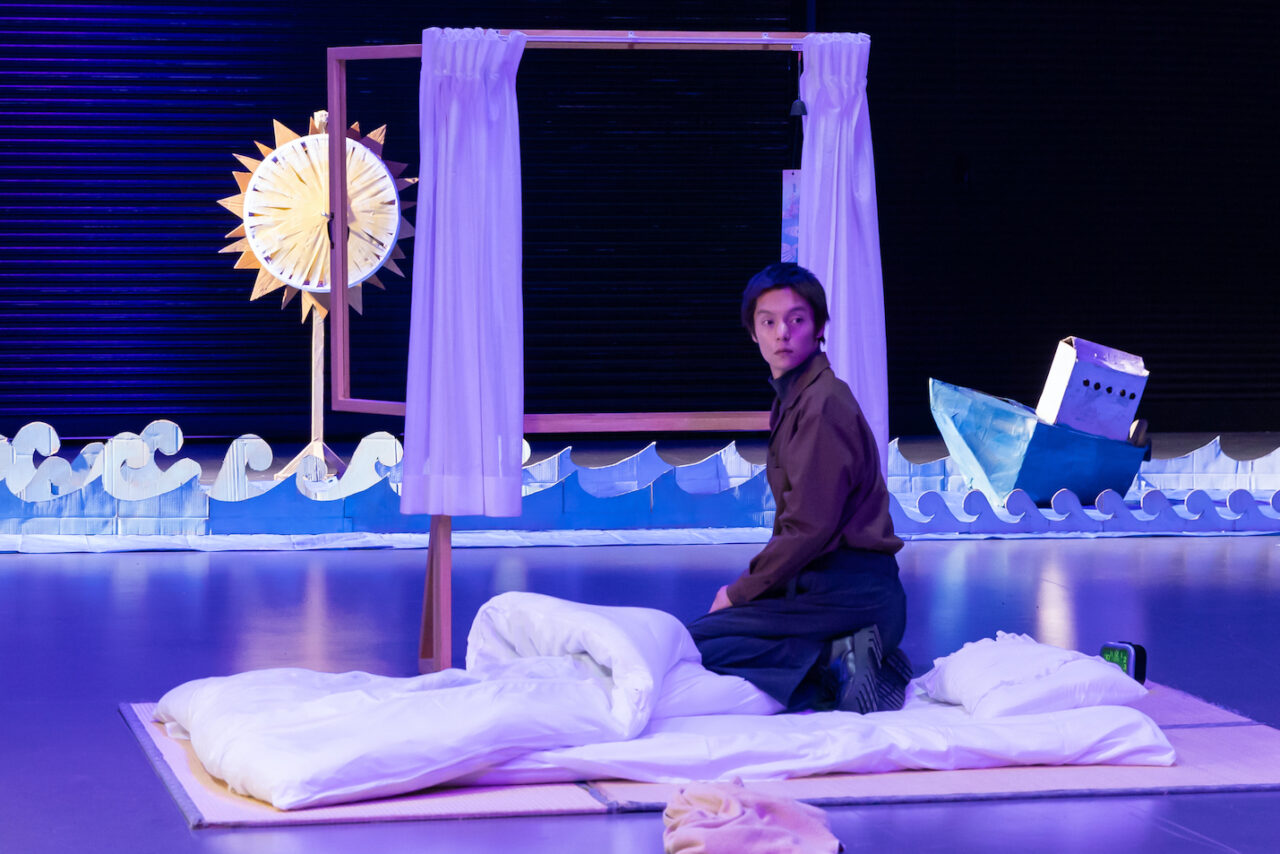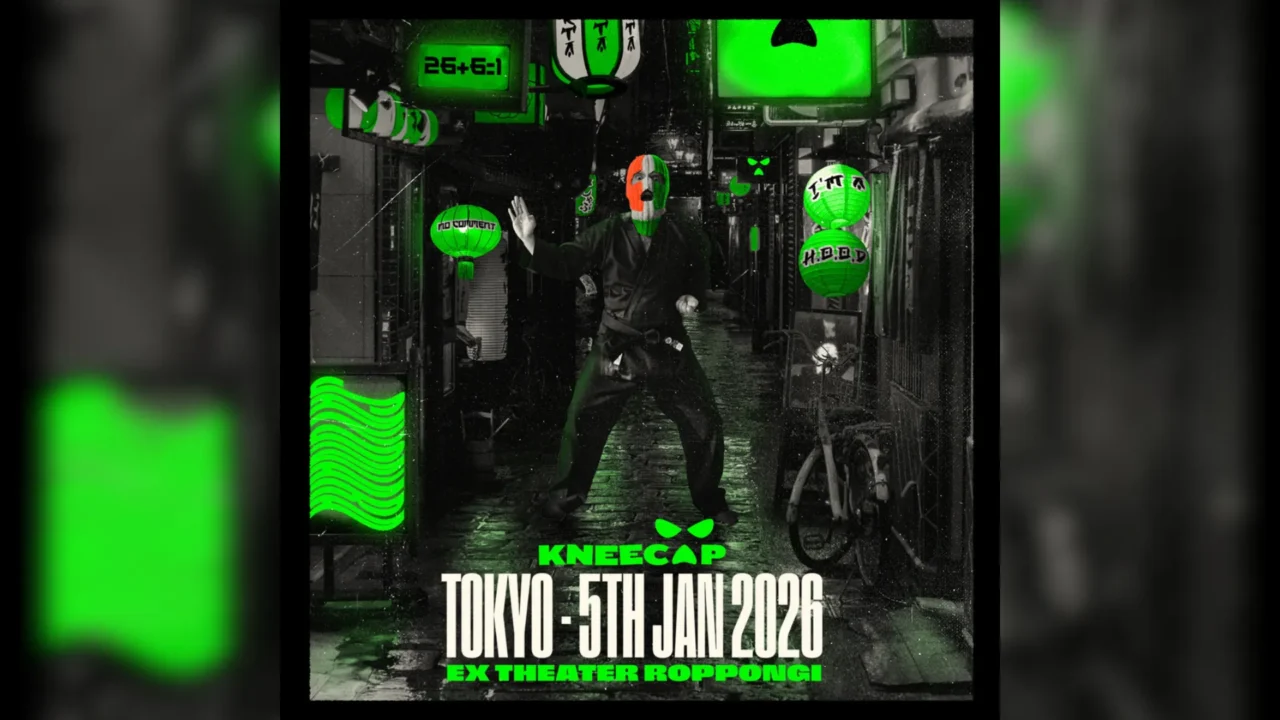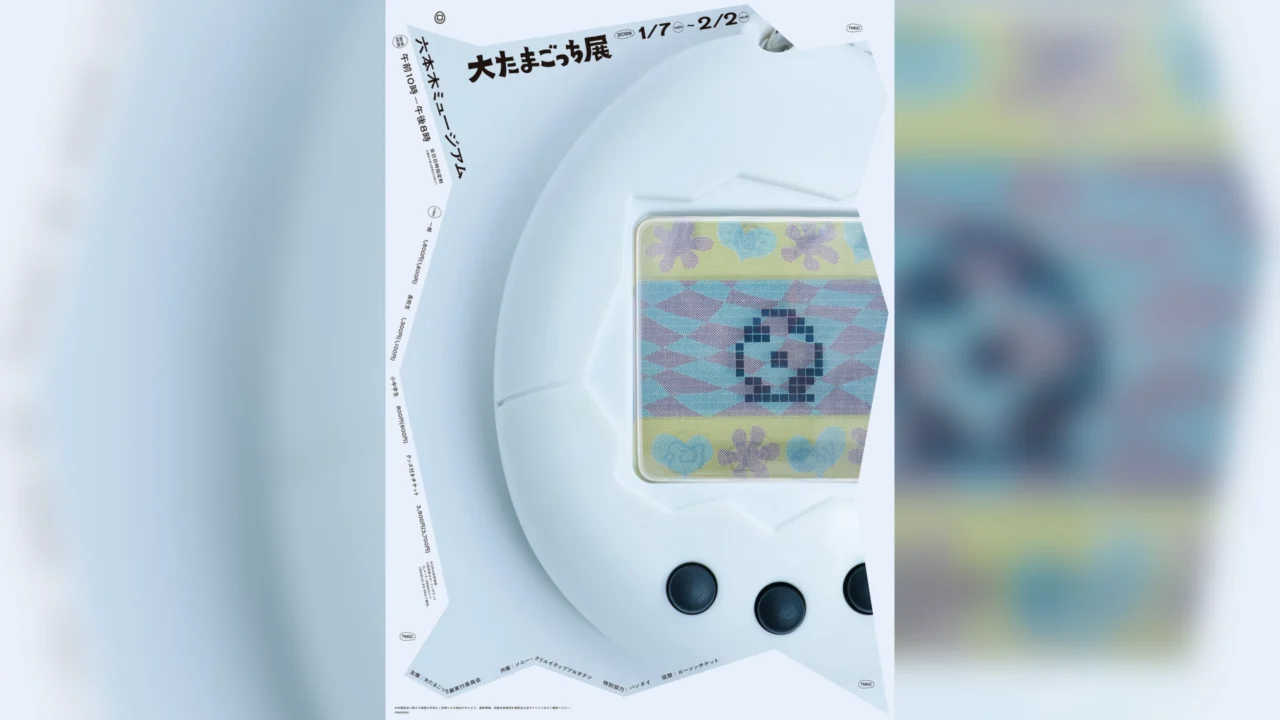The feeling of “wanting to disappear into a hole” is something almost everyone can relate to at least once or twice in their lives. For those haunted by embarrassing and bittersweet memories or those who feel the eyes of others like sharp knives at the slightest mistake, it might seem like a much-needed escape.
But if a real escape hole appeared before us, would we, would anyone, actually choose to enter it?
INDEX
Exploring ‘Holes’: Kato Takuya’s Human Drama
Known for films like “We Are Adults” and “Unraveling,” playwright and director Takuya Kato, who won the 67th Kishida Kunio Drama Award for the stage play “Dodo Falls,” serves as both writer and director for the drama “Insignificant,” which embraces the lives of those who have had such experiences. This series marks Kato’s first time scripting and directing an entire drama series, blending theatrical and cinematic techniques into an experimental SF human drama. It aired from April 16 (Tuesday) to June 4 (Tuesday) on MBS/TBS networks and is currently globally available on Netflix under the title “Seven Orifices.”
Set in modern Japan suddenly confronted by an enormous unidentified hole, the story unfolds amidst nationwide panic surpassing that provoked by any man-made structure. Despite extensive investigations by experts, the hole’s identity remains a mystery. None who ventured bravely inside—whether driven by curiosity or on exploration missions—ever returned. Gradually, people grow accustomed to the hole’s presence, coexisting with it as a part of their lives. Though internet celebrities enter the hole for attention, their livestreams often abruptly cut off, leaving the hole’s truth shrouded in mystery. Amidst this, Takeshi Kitano’s character, Ozawa, emerges, claiming salvation lies within the hole, capturing widespread attention.

Initially, it may appear to resemble a conspiracy-laden SF drama with themes of emerging religious movements, but that’s not the essence of Kato’s narrative. Centered around Ozawa, a group of eight individuals has chosen to venture into the hole. They adhere to Ozawa’s teachings, announcing their planned entry dates one by one and sharing their motivations for entering, sequentially.


INDEX
Creating Room for Viewer Projection: Integrating Stage Direction in Visual Media
The cast includes a range of characters: a university student in his twenties struggling with expressing anger, a young woman encountering two people with the same name in a quiet music box museum where she works part-time, a man in his thirties crossing paths occasionally with his childhood crush, and a man in his fifties facing repeated failures in the bar exam and financial debts to his family. Despite their varied ages and backgrounds, they share a common theme of resignation towards life. Some accept an early exit, while others yearn for it. Each character carries personal struggles and pains that deeply resonate with viewers, presenting narratives that cannot be ignored as mere bystanders.
These human complexities are brought to life by a talented ensemble of actors, with Takeshi Kitano leading as Ozawa. The cast includes Daishi Nakata, Shota Sometani, Moeka Hoshizaki, So Morita, Kanji Furutachi, Tetsu Hirahara, Tomoko Nakajima, and Masataka Kubota, portraying life’s wounds and regrets in a way that feels both familiar and profoundly moving, firmly rooted in reality.

Furthermore, as Kato expressed in his comments at the project’s announcement, “I grew tired of being told that theater feels cinematic and film feels theatrical. This time, I brought in elements from both worlds to create a drama that is neither clearly ‘film-like’ nor ‘theatrical.’ This approach assumes a distinct definition of cinematic and theatrical techniques.”
True to this vision, one distinctive feature of the series is its theatrical segments within the drama, which evoke the experience of watching a stage play. Each character’s flashback scenes are shot using theatrical methods on studio sets. With just six studio actors, approximately 150 roles are portrayed, with cast members changing sets and costumes on camera. The soundtrack, composed by the rock band UNCHAIN, accompanies the performances on set, further emphasizing the theatrical approach akin to stage production.
The use of minimal props on studio sets—such as classroom desks, bedroom beds, and windows—sets the scene minimally. While it employs theatrical techniques, it also encourages viewers to engage their imagination, filling in the gaps with their own mental imagery. Unlike traditional visual content, which provides detailed visual information, this approach leaves room for uncertainty, allowing viewers to overlay their own interpretations onto elements like room wallpaper or the sky’s color. Gradually, viewers find themselves empathizing with the characters’ emotions as if they were active participants in the story.


INDEX
Contemplating the ‘Hole’: Salvation or Escape?
Furthermore, the same actors portraying both flashback and present-day scenes seem to convey a message that “every past event seamlessly connects to the present day.” Traditionally, when played by different young actors, a character’s past may appear disconnected or disjointed. However, in reality, every past experience contributes to shaping one’s identity today. Even regrettable events become integral to one’s current self, offering a path towards peace.
Irreversible failures, broken relationships, and the daily noise that disrupts peaceful living—it’s not easy to affirm everyday life. Therefore, seeking fleeting solace in temporary, unconventional spaces can feel like covering up harsh realities. It’s likely why those in “Insignificant” choose to enter the “hole.”

With the appearance of the hole, a surreal SF situation emerges within everyday spaces. Yet, within it are eight individuals living with complex emotions much like our own. Those seeking salvation in the hole confront their lives through self-narration. The diverse narratives of these eight lives depict the breadth of human experience. They are not alone in carrying burdens from their pasts that they wish to reconcile. By facing reality instead of escaping it, they come to realize that the world extends far beyond their immediate reach.

In the final episode, Masataka Kubota’s character Okamoto, the recorder of everyone’s life stories, stands before the hole. He recalls his favorite café nearby, its signboard cat, and a hot coffee, noticing the falling snow. When asked by Okamoto, “Will you enter the hole?” Ozawa gazes silently at Okamoto without answering. Is beyond the hole heaven or hell? Throughout the story, the world inside the hole is never depicted, nor is there a scene of anyone stepping into it. The salvation Ozawa proposed might not be inside the hole but perhaps within oneself.

Seven Orifices

Cast: Taishi Nakagawa, Shota Sometani, Moka Kamishiraishi, Kokoro Morita, Kanji Furutachi, Tetsu Hirahara, Tomoko Nakajima, Masataka Kubota, and Shinichi Tsutsumi
Director & Screenplay: Takuya Kato
Planning/Producer: Yuna Kamiura(MBS)
Producer: Ryoji Tokura(AX-ON), Mutsumi Hayashida(MEW)
Production: AX-ON
Cooperating Production: Winds Moment
Production: “Seven Orifices” Production Committee, MBS
Official HP: https://www.mbs.jp/messoumonai/
Official SNS
Official X (former Twitter):@dramaism_mbs https://twitter.com/dramaism_mbs
Official Instagram:@dramaism_mbs https://www.instagram.com/dramaism_mbs/
Official TikTok:@drama_mbs https://www.tiktok.com/@drama_mbs
© Seven Orifices Production Committee, MBS
























